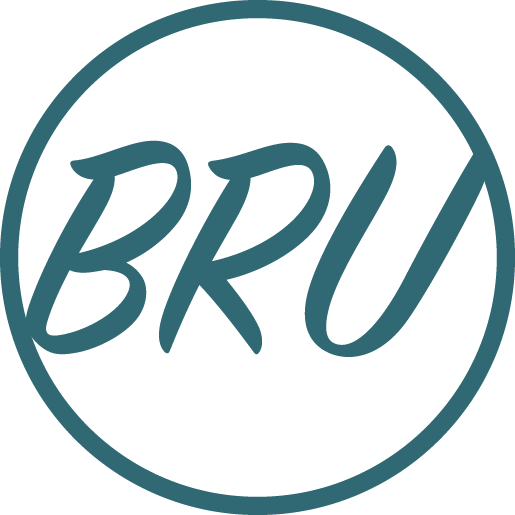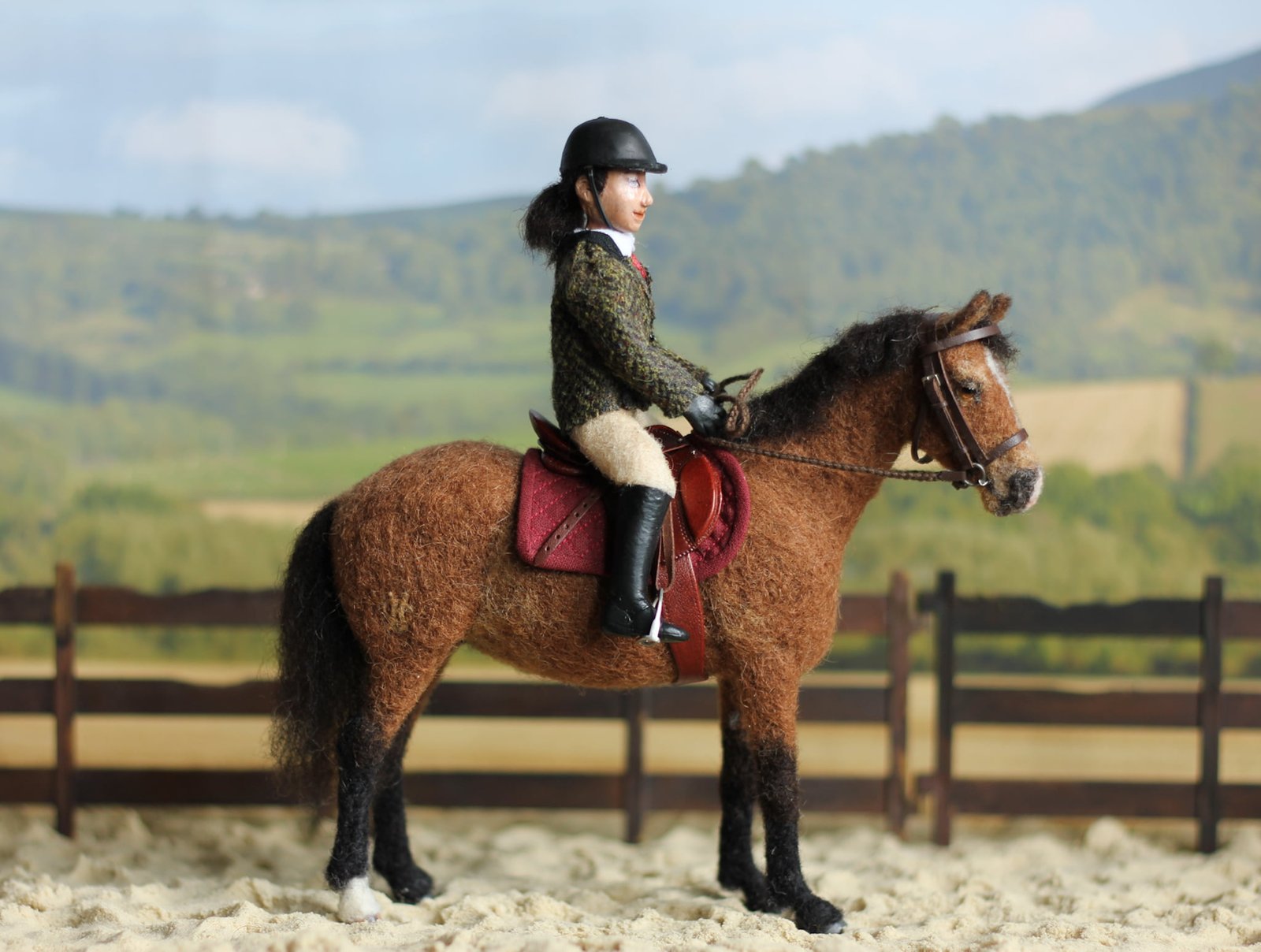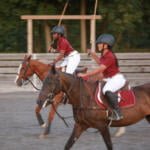Tomás Varela of UK-based Needle Neddies has channeled his lifelong love of horses and art into an award-winning business that creates posable, needle-felted model horses from wool and wire. As a former equine science student, Tomás uses his understanding of horse anatomy to perfect his craft. His adorable horse sculptures have been mesmerizing his social media followers since 2019.
Read why Tomás enjoys creating custom equestrian art and how his time as a student in Portugal and his connection with a cranky bay mare at the university paved his way to success.
This interview has been edited for length and clarity.
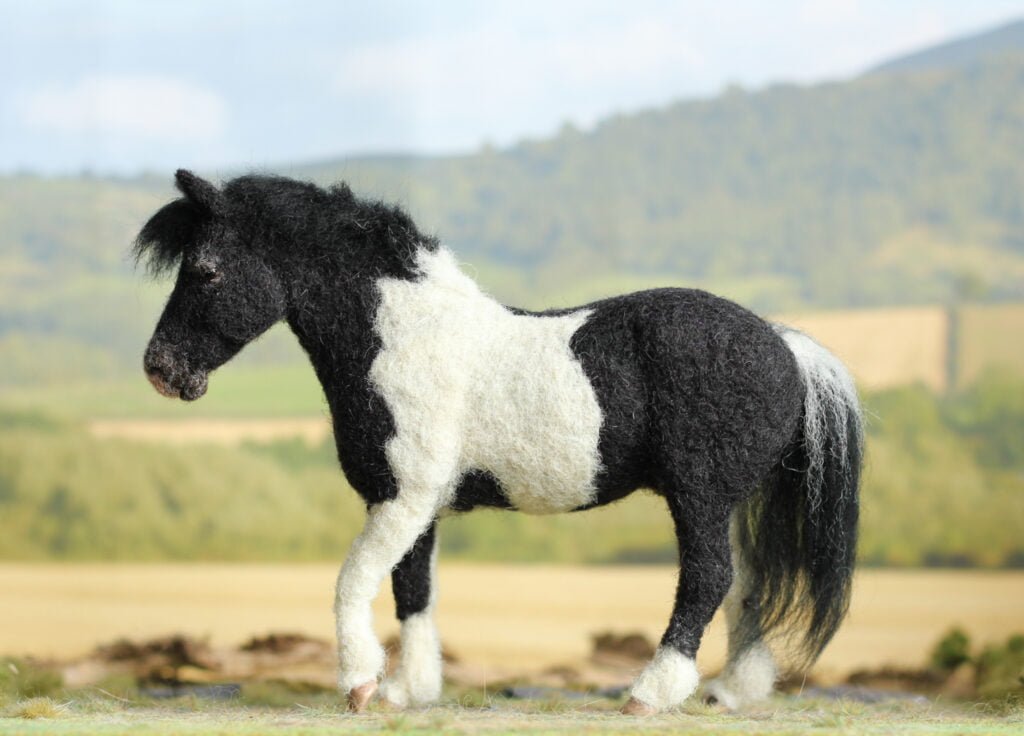
BRU: Will you tell me about your horse journey?
TV: I don’t remember when I started loving horses; it’s just always been there. My family isn’t horsey at all.
I started riding at 13 after begging my parents for riding lessons. I did that for two or three years and then didn’t ride again until I got to uni at 19. I also worked at a facility that did working equitation for a short while, which I enjoyed. I rode pretty intensely at uni in Portugal, but I’m not able to ride much now.
I don’t have a horse. I’ve got a friend who lives nearby with a couple of horses and some sheep. She’s my wool provider as well. I help her out with her horses sometimes, and we’re hoping to get back into riding this year because she’s got a thoroughbred that needs exercising.
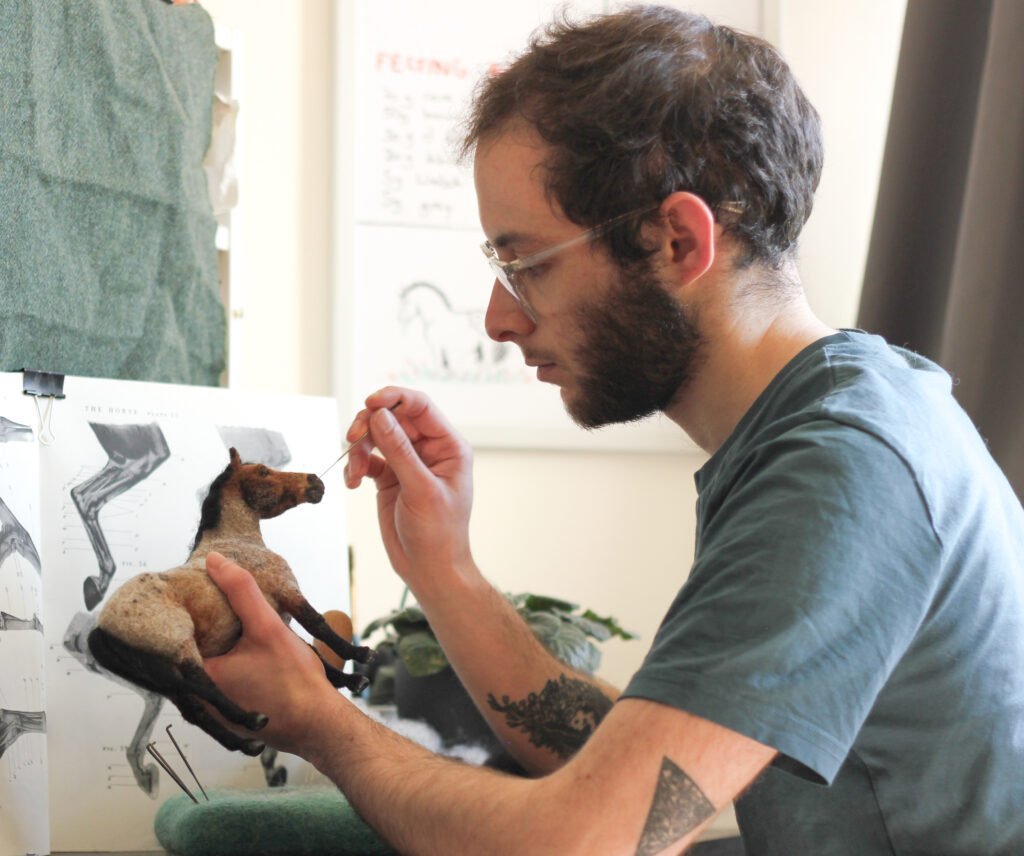
BRU: What was your equestrian science program like in Portugal?
TV: The program was basically the only place you could get a horse education without having worked with horses your whole life. I wanted to become a riding instructor or a groom. That didn’t work out very well, but it was a really nice experience.
We had riding lessons in dressage and jumping twice a week for three years, and we were doing fairly advanced stuff by the end. We also had classes on anatomy, biomechanics, business management, farrier work, and most everything you’d need to run an equestrian business.
BRU: Were there any special horses you spent time with there?
TV: Yeah. There was a little bay mare named Coimbra. She was the typical cranky mare who no one wanted to ride. I basically got the short stick and had to ride her, and I hated it at the start. But then I just kept riding her, and we connected.
On the weekends or before classes, I would go to the stables to lunge her or hand-graze her and be with her for a bit. We worked together for about five months until I had to move to a horse that matched the riding level we were doing. But I really enjoyed working with her.
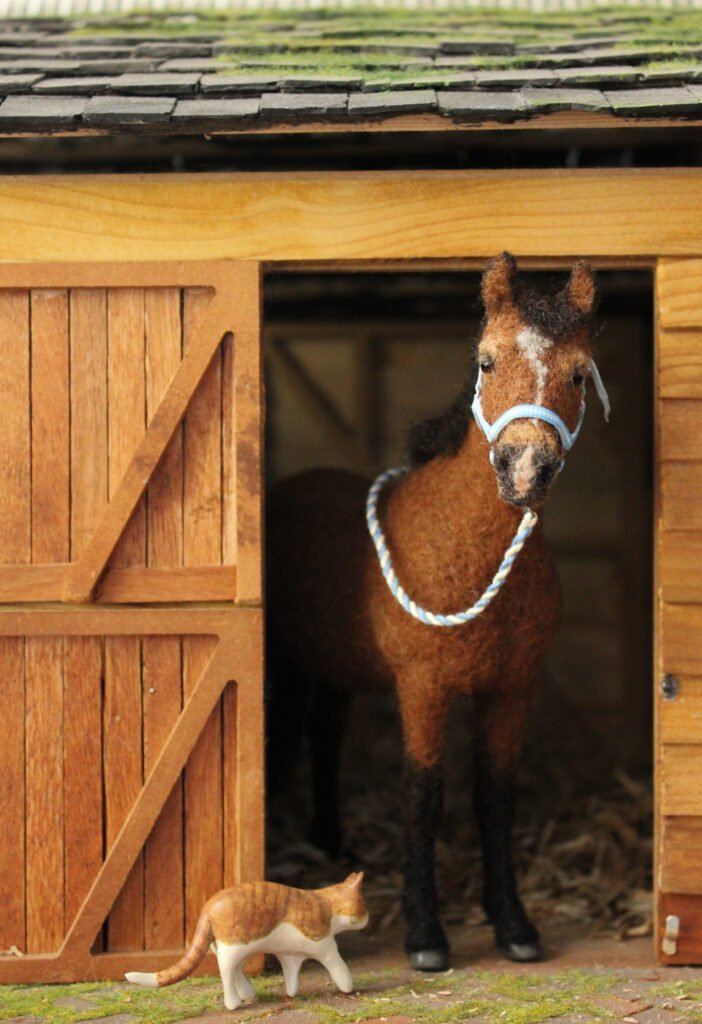
BRU: Your needle-felted horse sculptures are so beautiful! How did you start creating them?
TV: I’ve drawn horses since I was little. I did portrait commissions for a little bit when I was younger. I collected Breyer horses for a while, but I quite like taking photos, and it bothered me that they weren’t posable.
When I started needle felting, I wasn’t looking to make a big thing out of it, which is ironic! I saw some needle-felted horses on Facebook, and I wanted to try it.
I wasn’t taking courses or making kits or anything. My partner’s mom had done needle felting before, and she still had some needles and wool, so I just had a go at it. I quite enjoyed it, so I kept going.
Then, I showed what I’d done to some friends, and I started a Facebook page so they could see my progress. From there, it just grew. It’s quite fun.
BRU: Would you describe the needle felting for those who don’t know much about it?
TV: I use three strands of wire: one for the head, neck, and spine; another one for the front legs; and another one for the back legs. Then I start wrapping wool around the armature, and once it gets fluffy enough, I start needle-felting it into shape. The models go through a lot of ugly phases.
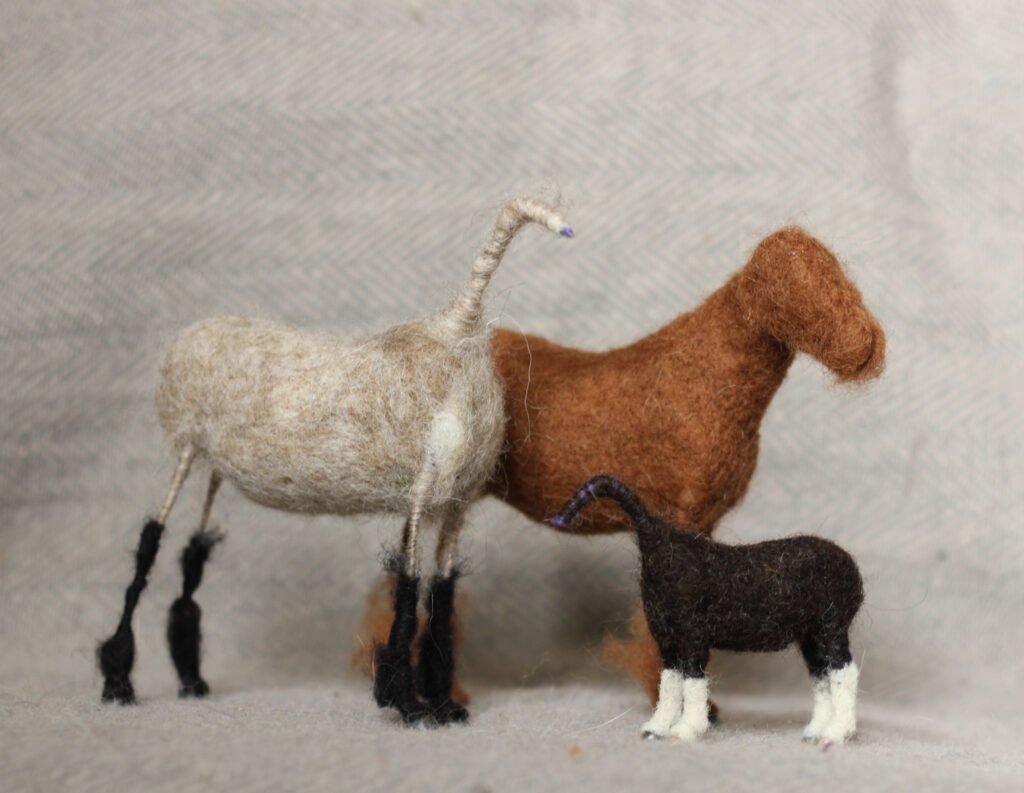
If I don’t get enough wool between the top layer and the wire, my needles will hit the wire and break. I must have broken hundreds by now.
As you stab and add more wool, it starts hardening and smoothing out. It’s tricky to explain without actually trying it. You just get a feel for it, really.
BRU: They look so soft, but are they fairly durable at the end?
TV: Yeah, they’re actually quite solid, and you can move their legs any way you like. You want them fairly tough.
BRU: What are your favorite colors or markings to do?
TV: I like doing dapple grays and appaloosas, which is weird because they take a lot of time. But it’s a bit like painting by numbers. I pull the image up on my phone, and I cross out the spots as I make them. I enjoy it.
BRU: Do you make accessories for your horses as well?
TV: Yes, I developed a little stable with a local woodworker. I can ship it assembled or in a flat-pack, and it comes apart for storage. I also make needle-felted riders as well as halters and rugs.
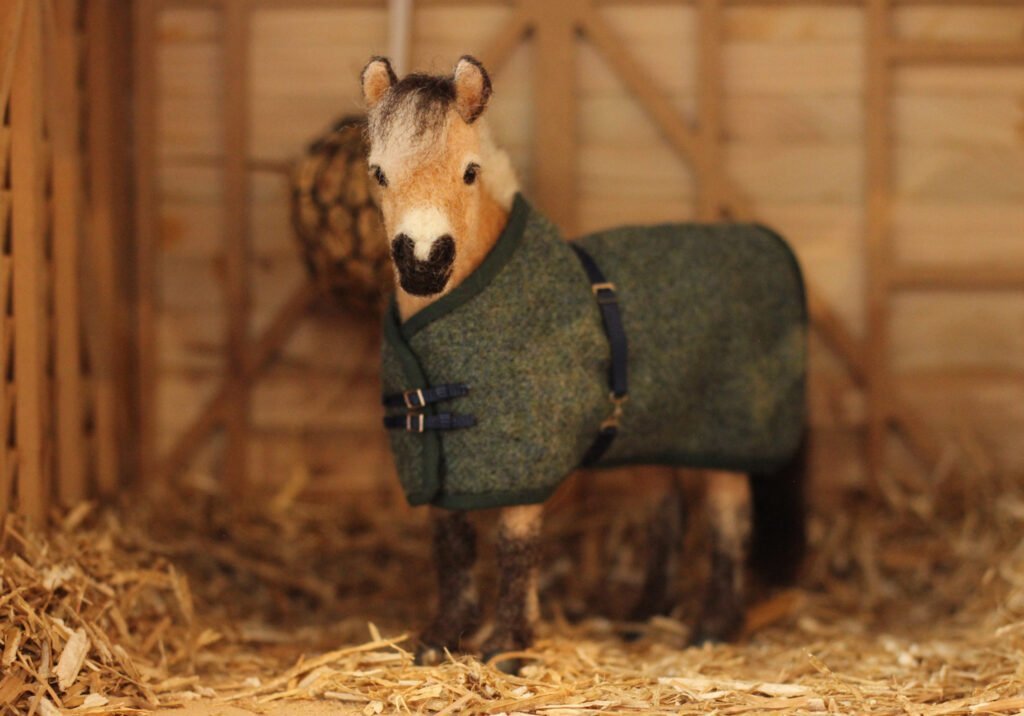
BRU: How has your business grown since you started?
TV: I’ve been doing it since 2019, and I try to do six models in a month with a couple of months off per year. I’ve done nearly 200 models now. I initially found customers through Facebook, and then I posted an Instagram reel that blew up, which is a bit crazy, and now people mostly learn about me through Instagram.
People also find me through word of mouth and old customers showing off their horse models, which is nice.
I received the “Best of British” award for sculpture at the 2020 British Model Equine Championship Show. My horses have also placed quite highly at model horse shows under their new owners.
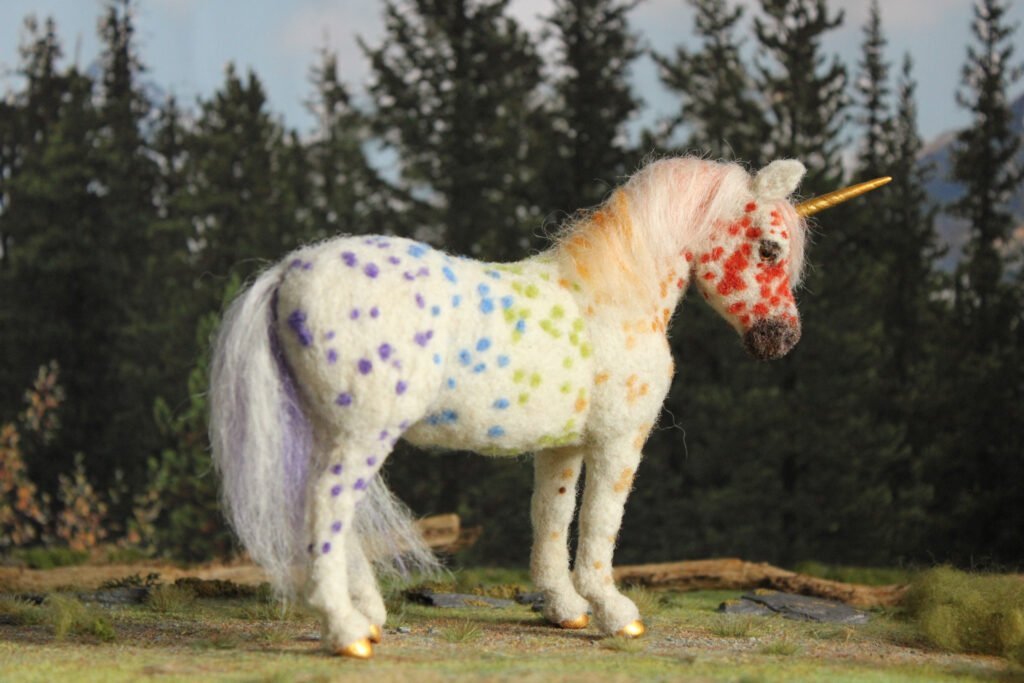
BRU: Do you have any advice for other equestrian artists?
TV: Just practice. There’s no substitute for that. And learn anatomy. That was the main advice I received growing up, and I thought anatomy sounded boring. But thanks to my anatomy classes at uni, I got to learn it in depth.
What happens inside of a horse translates to the outside of the horse. I find that understanding anatomy is really important and useful.
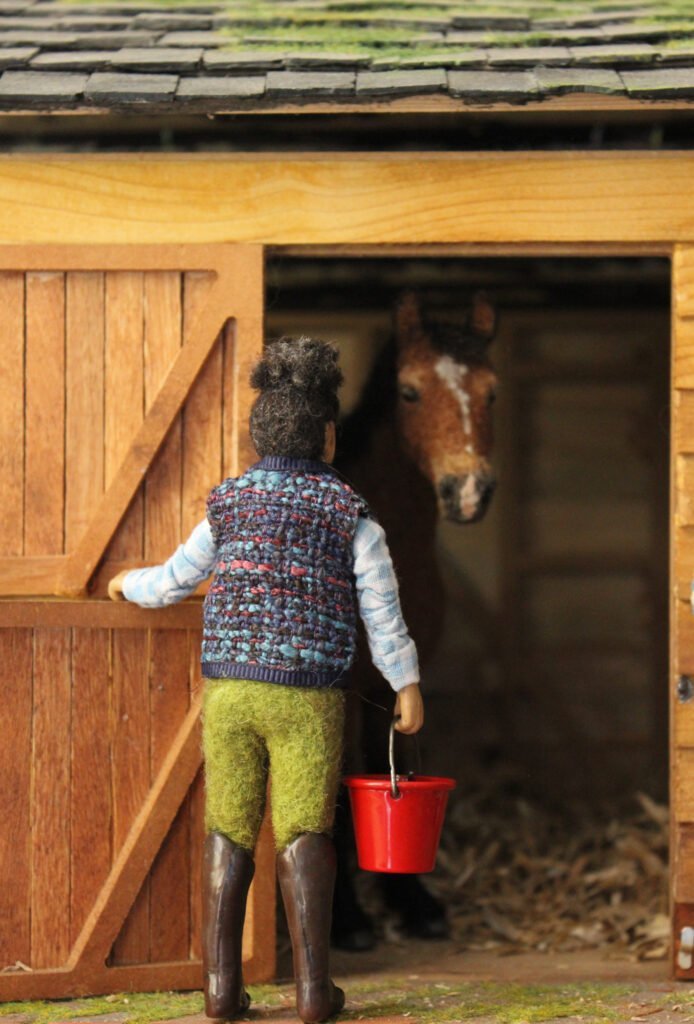
BRU: What do you enjoy most about your business and why?
TV: What I like most is talking to people and getting to know their horses. I’ve got a couple of clients who I’ve become good friends with. I speak regularly with the lady who I did my first commission for, and she still orders from me quite often.
I also do memorial pieces, and bringing people’s horses back to them—in a way—is also especially enjoyable. I didn’t ever think this would be a viable business venture. I just wanted to make model horses for myself. But it’s been really nice. It’s worth it.
To connect with Tomás, visit the Needle Neddies website or follow him on Facebook or Instagram.
We love to highlight how everyday people are building the horse world. Please consider sharing a story or nominating someone you admire for a feature interview.
